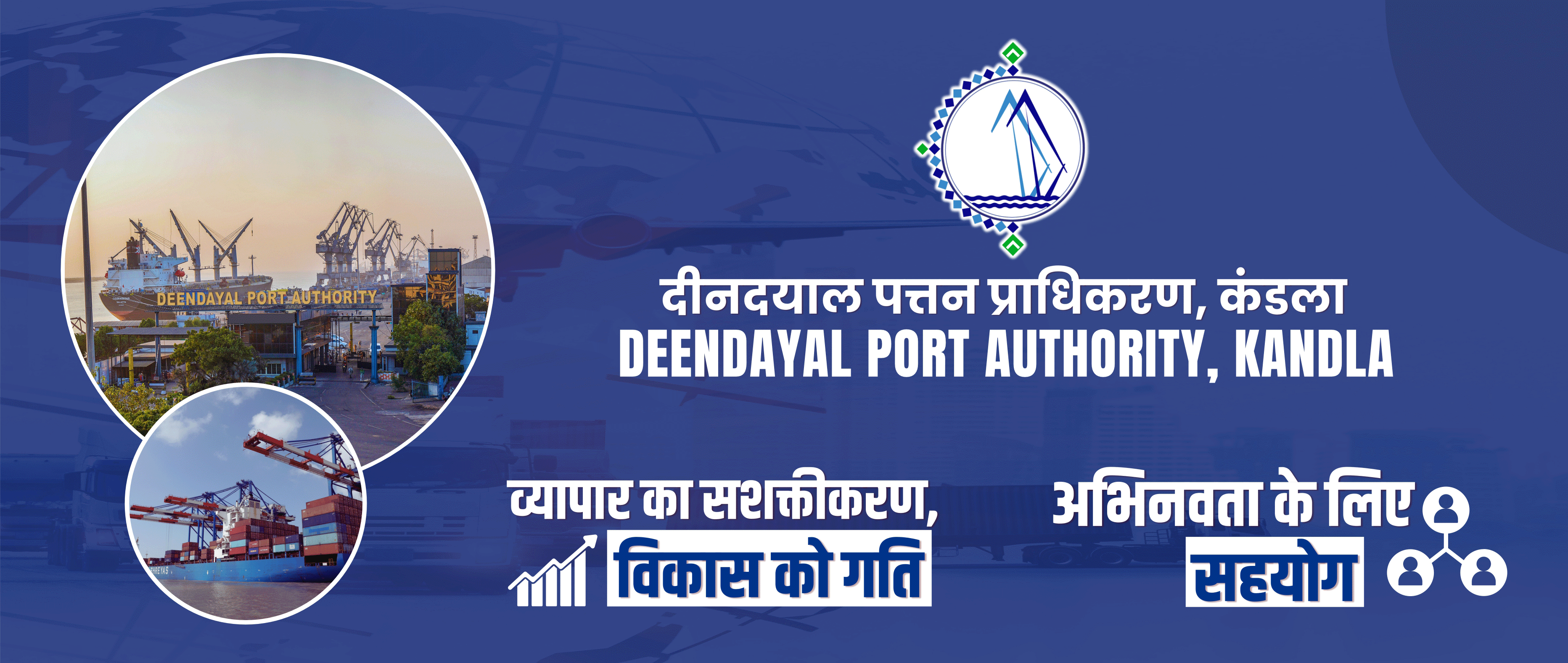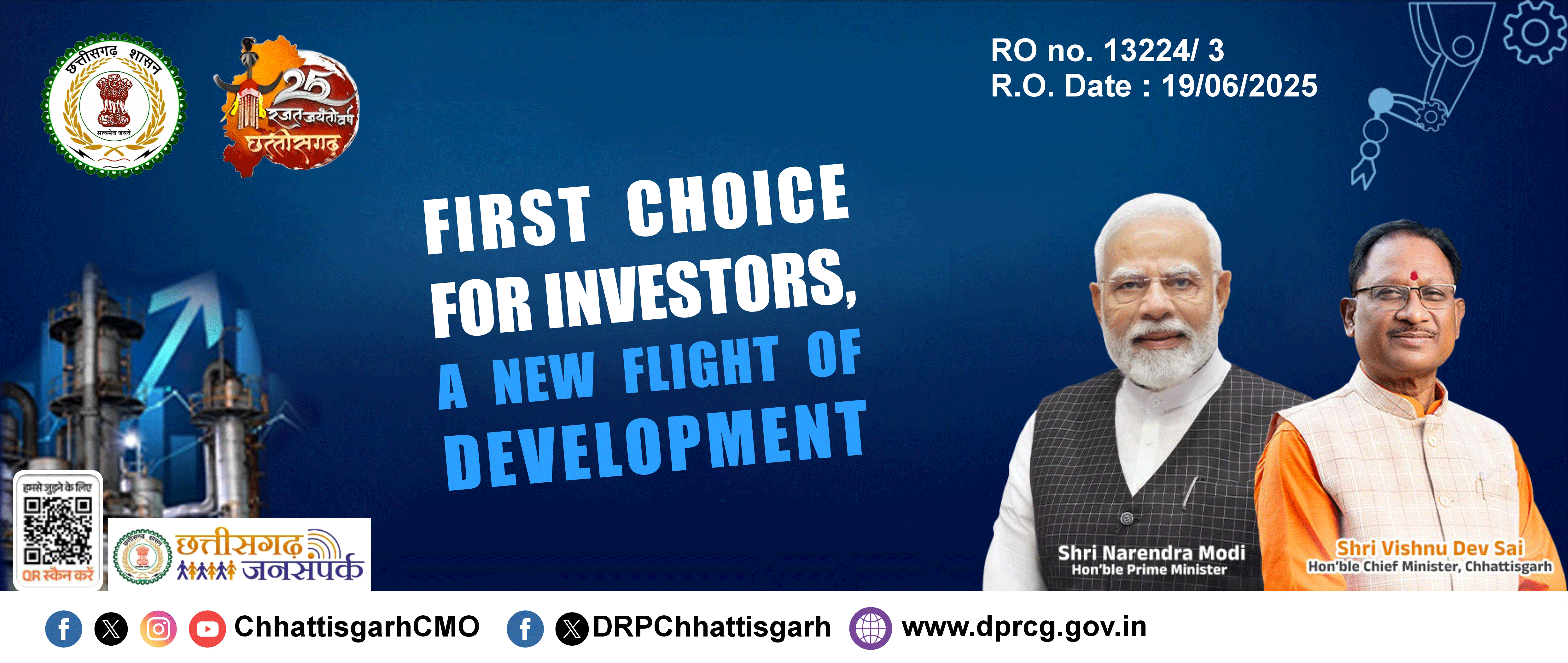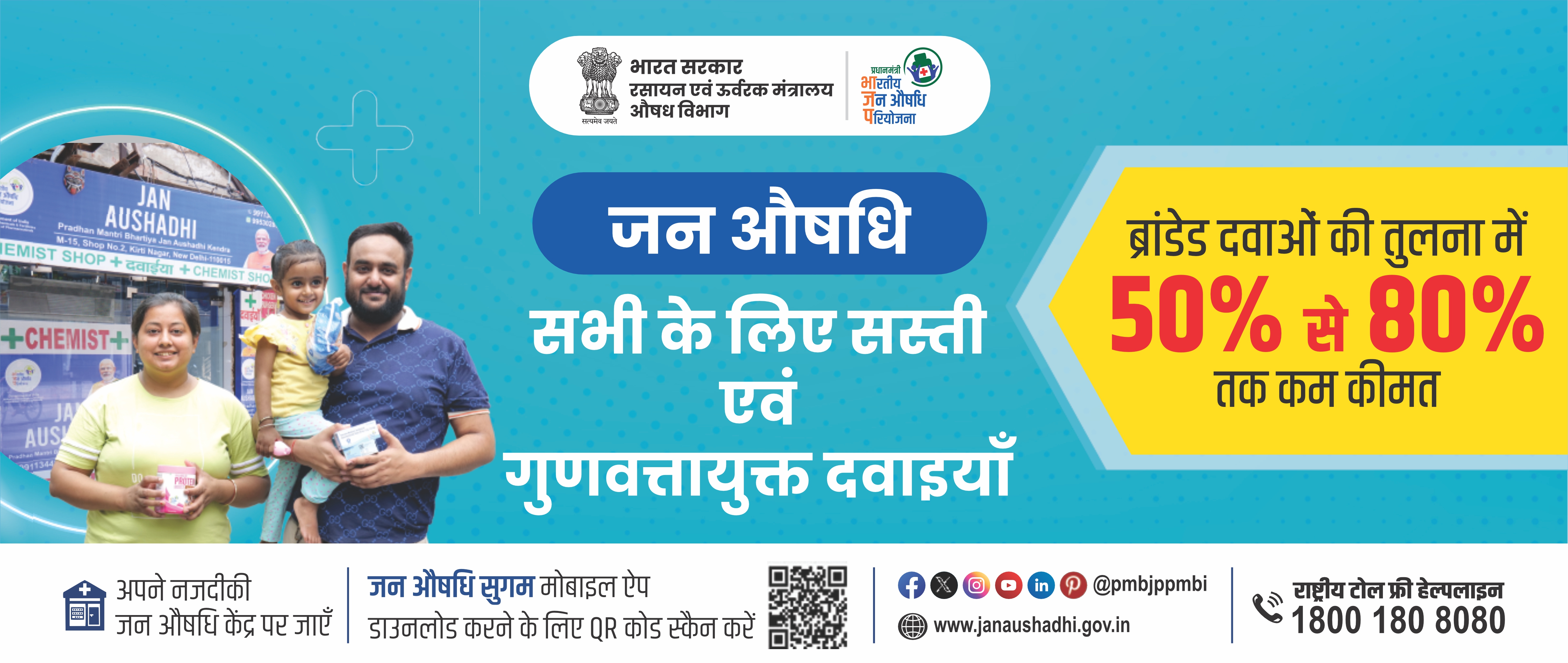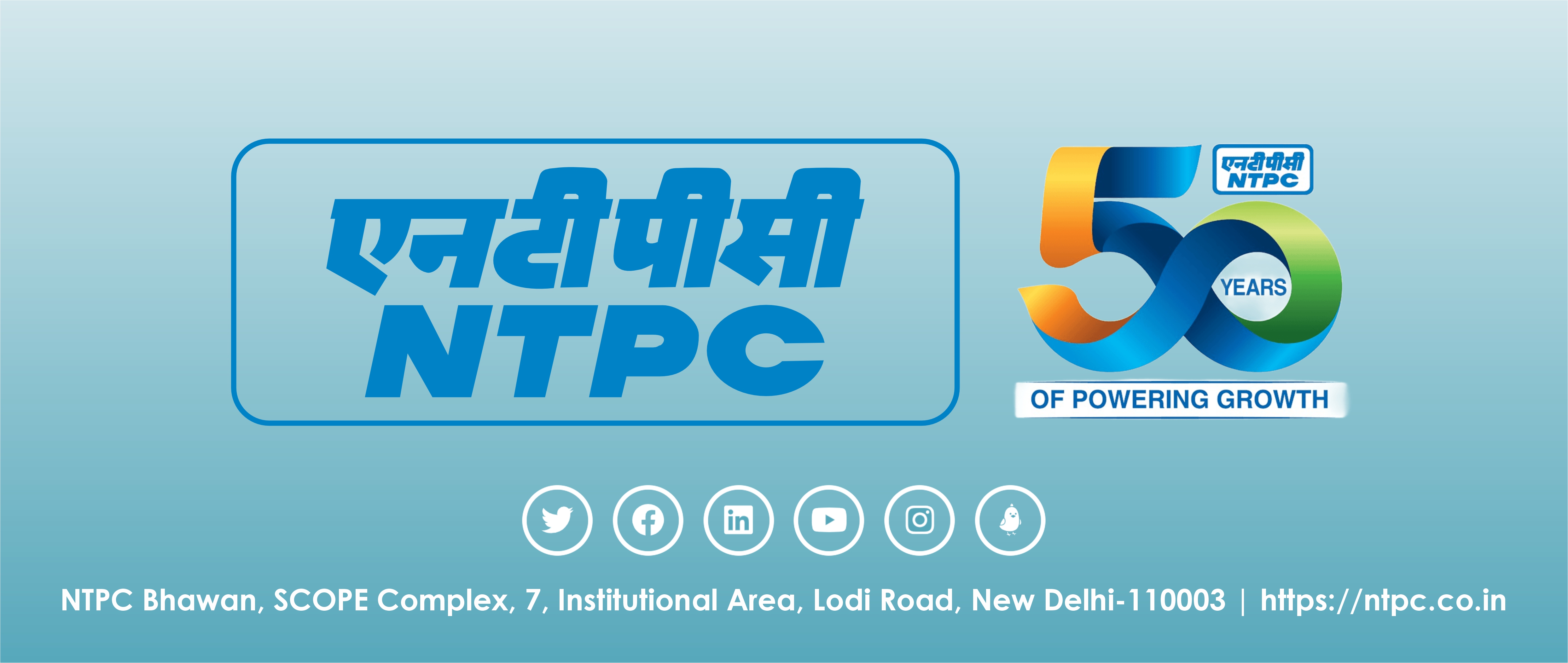TO RECIEVE EXCLUSIVE POSTS AND NEWS
Must Read
Quick Take: Will GST help accelerate growth and create jobs?
By IndianMandarins- 05 Aug 2016
489![]() There is a question at the back of everyone's mind: will the introduction of GST help accelerate the GDP growth rate and create jobs? Opinions differ, so do the figures. Adi Godrej, one of the most forceful supporters of GST, thinks that the GDP growth rate may move into a double-digit orbit. A study done by NCAER calculates that the GDP growth rate may see a rise of 200-250 basis points, while some others put it to 150-200 basis points. The question is whether these projected increases could kick in immediately or take time to materialize. And even when they kick in, will they help create new jobs or will they just continue the current story of jobless growth?
A panel regression analysis done by Sonal Verma and Neha Saraf of Nomura on 11 countries for the period between 1961-2015 to study the impact of change in effective tax rate shows that for countries where tax rates moved higher, GDP growth picked up in the year prior to the GST implementation (year T-1), likely reflecting preponement of consumption in anticipation of higher prices. "This is followed by a temporary (though insignificant) negative impact on GDP growth due to weaker consumption in the year T, as firms pass on tax increases into higher output prices. Beyond that, growth does rebound, perhaps due to efficiency gains from a more streamlined tax structure and better tax compliance."
In view of the positive conclusions of several studies, there is a consensus among most economists that the introduction of GST may be positive for the economy over the longer term as it may result in simplified tax structure, improved compliance, reduction in tax evasion, expansion in tax base, and improvement in the functioning of the logistics network.
The GST regime may also ensure a transparent growth in the tax base for indirect taxes. To begin with, it will set up a system of taking credit for taxes on inputs only if it has been declared and paid by the input manufacturer. This sets up a system of self-regulation as it is in the interest of the producer to ensure that they sources goods only from those suppliers who are tax-compliant. Many companies in the unorganised sector who are currently not paying taxes may, therefore, fall within the tax net.
Further, the committee on the Revenue Neutral Rate (RNR) set up under CEA Arvind Subramaniam, has recommended an exemption threshold of Rs. 25 lakh for goods. Currently, goods producers with turnover of less than Rs. 1.5 crore are exempted from paying central excise duties. At the state level, the exemption limit varies from Rs. 5 lakh to Rs. 10 lakh. Decreasing the threshold for GST will therefore make many small manufacturers pay taxes on their products. Corporate tax data shows that entities recording revenue between Rs. 25 lakh and Rs. 40 lakh are paying a very small proportion of tax, though they are significant in numbers.
The RNR report submitted in December 2015 makes the point that investments in the economy will improve "with a more seamless and efficient crediting of taxes paid on capital goods." Currently, companies sourcing capital goods for capacity expansion cannot claim a tax credit on capital goods purchased; this will change with the GST regime. The report says that capital goods prices would become effectively 12-14 per cent cheaper as companies avail tax credit. This is likely to increase investments and help growth. The report says that this could lead to incremental GDP growth of 0.5 percentage point.
But what is there for the common man in all these talks ab
There is a question at the back of everyone's mind: will the introduction of GST help accelerate the GDP growth rate and create jobs? Opinions differ, so do the figures. Adi Godrej, one of the most forceful supporters of GST, thinks that the GDP growth rate may move into a double-digit orbit. A study done by NCAER calculates that the GDP growth rate may see a rise of 200-250 basis points, while some others put it to 150-200 basis points. The question is whether these projected increases could kick in immediately or take time to materialize. And even when they kick in, will they help create new jobs or will they just continue the current story of jobless growth?
A panel regression analysis done by Sonal Verma and Neha Saraf of Nomura on 11 countries for the period between 1961-2015 to study the impact of change in effective tax rate shows that for countries where tax rates moved higher, GDP growth picked up in the year prior to the GST implementation (year T-1), likely reflecting preponement of consumption in anticipation of higher prices. "This is followed by a temporary (though insignificant) negative impact on GDP growth due to weaker consumption in the year T, as firms pass on tax increases into higher output prices. Beyond that, growth does rebound, perhaps due to efficiency gains from a more streamlined tax structure and better tax compliance."
In view of the positive conclusions of several studies, there is a consensus among most economists that the introduction of GST may be positive for the economy over the longer term as it may result in simplified tax structure, improved compliance, reduction in tax evasion, expansion in tax base, and improvement in the functioning of the logistics network.
The GST regime may also ensure a transparent growth in the tax base for indirect taxes. To begin with, it will set up a system of taking credit for taxes on inputs only if it has been declared and paid by the input manufacturer. This sets up a system of self-regulation as it is in the interest of the producer to ensure that they sources goods only from those suppliers who are tax-compliant. Many companies in the unorganised sector who are currently not paying taxes may, therefore, fall within the tax net.
Further, the committee on the Revenue Neutral Rate (RNR) set up under CEA Arvind Subramaniam, has recommended an exemption threshold of Rs. 25 lakh for goods. Currently, goods producers with turnover of less than Rs. 1.5 crore are exempted from paying central excise duties. At the state level, the exemption limit varies from Rs. 5 lakh to Rs. 10 lakh. Decreasing the threshold for GST will therefore make many small manufacturers pay taxes on their products. Corporate tax data shows that entities recording revenue between Rs. 25 lakh and Rs. 40 lakh are paying a very small proportion of tax, though they are significant in numbers.
The RNR report submitted in December 2015 makes the point that investments in the economy will improve "with a more seamless and efficient crediting of taxes paid on capital goods." Currently, companies sourcing capital goods for capacity expansion cannot claim a tax credit on capital goods purchased; this will change with the GST regime. The report says that capital goods prices would become effectively 12-14 per cent cheaper as companies avail tax credit. This is likely to increase investments and help growth. The report says that this could lead to incremental GDP growth of 0.5 percentage point.
But what is there for the common man in all these talks ab























